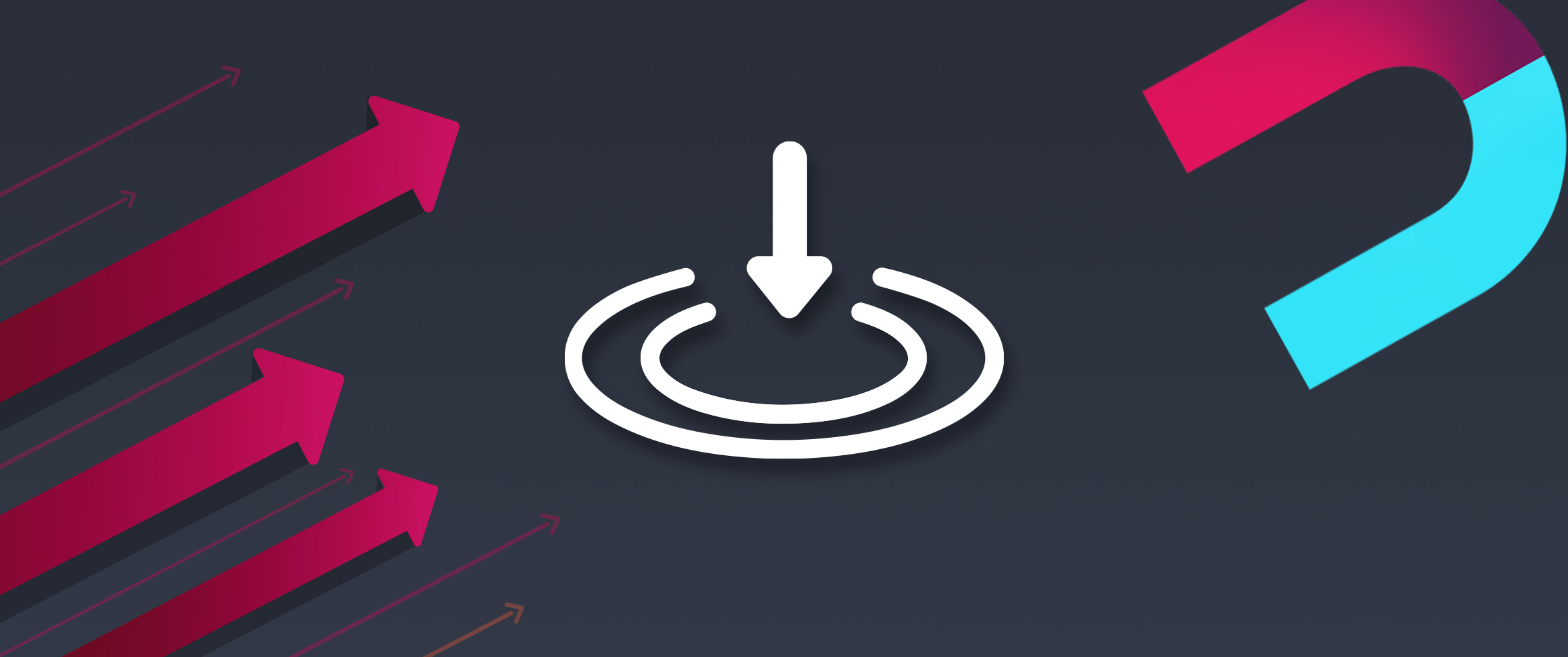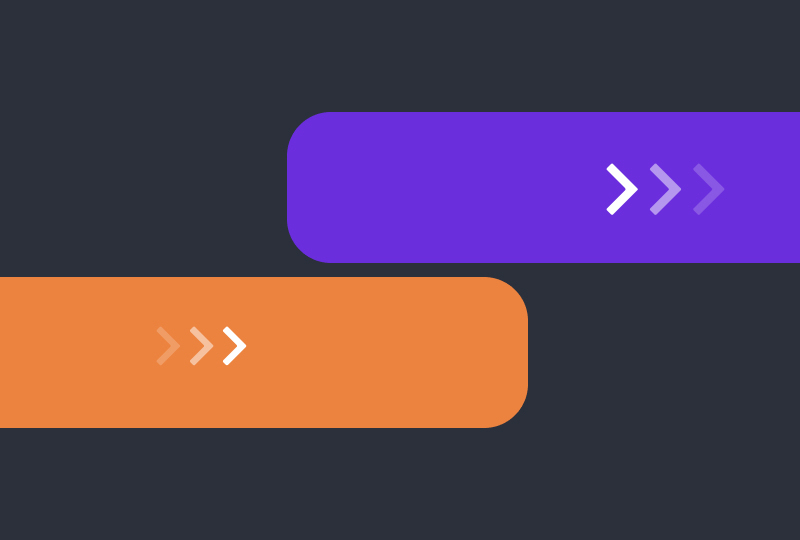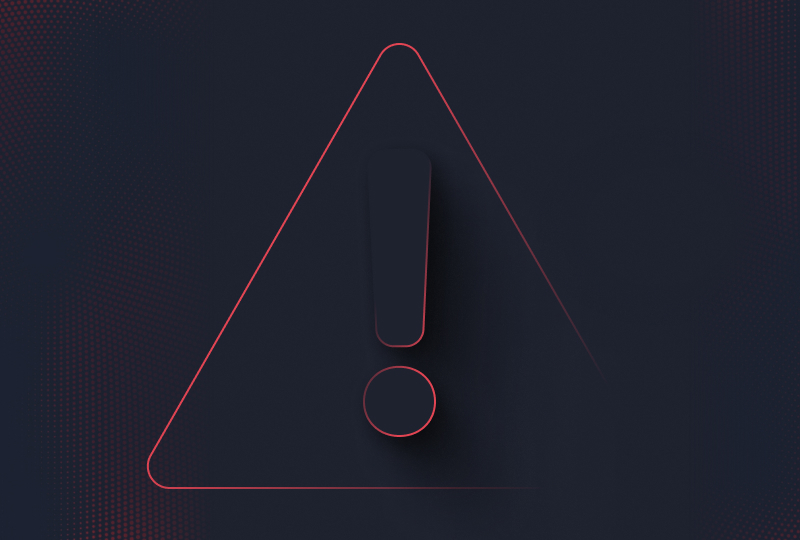2022-09-14

What can Impact NRR?

6 min read
Measuring your net revenue retention (NRR) can show whether your SaaS company is growing or shrinking, but what do you do next? What steps can you take to improve your revenue retention rate? At Planhat, we’ve found that the key to increasing NRR is becoming customer-focused. Most companies think that they are already putting their customers first, but that’s not always the case. Customer success is more than just being friendly and helpful on support calls. Your team needs to understand each aspect of your customer data and how it affects their decision to continue doing business with you.
In this article, we’ll take a closer look at exactly how to calculate revenue retention and specific steps you can take to increase your NRR.
What is GRR and NRR?
Gross revenue retention (GRR) measures the percentage of revenue that comes from your existing customers who choose to renew their business with you. Net revenue retention tracks renewals and adds in upgrades from existing customers. While both metrics are similar, the key difference is that GRR does not include customer growth, only the renewals of their existing plans compared with churn, while NRR includes renewals, growth, and churn in the same calculation.
How Is NRR and GRR Calculated?
NRR and GRR are calculated using some or all of the following variables:
-
Recurring Revenue: Revenue from repeating purchases, such as software subscriptions.
-
Upgrade Revenue: Revenue that is new during the measured time period, such as plan upgrades.
-
Revenue Lost to Churn: Revenue lost due to customers no longer using and paying for your services.
-
Revenue Lost to Downgrades: Revenue lost due to customers switching to a cheaper plan.
NRR SaaS Calculation
The formula for calculating NRR is the same across all industries. However, tracking NRR is especially important for SaaS companies that rely on a subscription model. To calculate your NRR during a given time, add your income from any upgrades to your recurring revenue. Next, subtract the revenue you lost to churn and downgrades. Finally, divide that total by your starting recurring revenue. Your result will be a percentage.
(Recurring Revenue + Upgrade Revenue - Revenue Lost to Churn - Revenue Lost to Downgrades) / Recurring Revenue
You can track your NRR for any time period—most commonly on a monthly or annual basis. For an accurate calculation, be sure to keep the time period consistent for each variable.
GRR Calculation
The formula for calculating GRR is very similar to that for NRR, except it doesn’t consider any revenue from upgrades. Instead, you take your recurring revenue and subtract the revenue you lost to churn and downgrades. Then you divide the result by your recurring revenue. GRR can never be over 100%.
(Recurring Revenue - Revenue Lost to Churn - Revenue Lost to Downgrades) / Recurring Revenue
GRR is useful for seeing how canceled services impact your revenue.
Can Net Retention Be over 100?
Yes — and that should be your goal! McKinsey & Company found SaaS companies that hit a net revenue retention rate of 120% had a much higher growth rate than other companies. Still, most SaaS providers can bring in a steady flow of new business, so an NRR of 90% is viable.
What Impacts NRR?
Factors ranging from your customer retention rate to customer lifetime value impact your NRR. At Planhat, we help our clients improve their NRR by focusing on their customer onboarding and customer health.
Customer Onboarding
During onboarding, your customers will feel set up for long-term success or confused. This is your opportunity to show customers how to get the most value out of their current plan and understand when it’s time to upgrade. While this may seem straightforward, it often gets overlooked.
Most companies struggle with onboarding not because they don’t understand their offerings or care about providing value. The issues come from a lack of consistency in their onboarding process. At Planhat, we overcome this obstacle with our customer onboarding playbooks. These playbooks provide a step-by-step process for onboarding customers—from setting up their account to conducting a platform walkthrough. With a standardized system, you can ensure that your new customers are learning everything they need to know, no matter who they’re meeting with.
Educated and excited customers stay with you and use your service to solve even more of their problems, boosting your NRR. Planhat makes it easier than ever to engage your new customers.
Customer Health
Customer health refers to how happy a customer is compared to how likely they are to churn. “Healthy” customers exhibit behaviors that indicate that they will continue using your service at their current level or upgrade. These customers keep your NRR stable or improve it. For example, healthy customers regularly use your software and test out new features.
“Unhealthy” customers show signals that they may be considering downgrading their plan or dropping it altogether. These customers bring your NRR down and increase your reliance on signing up new customers. At-risk customers may not log in for extended stretches of time or stay stuck on basic features.
What happens when you see a customer become “unhealthy?” Get ahead of churn with Planhat. With our intuitive and customizable customer health tracker, you can set the metrics that matter in your client success scorecard. Your dashboard lets you see which clients will continue working with you—even upgrading their plans. You can also see the signs of customers as they drift toward churn.
The good news is that you can intervene before they downgrade or cancel their subscription. For example, if a customer is only using the basic features of your service, you can send out an invitation to an instructional webinar. This will allow them to get the full value out of your platform, and they will be more likely to renew their plan and maybe even upgrade.
Get Proactive with Planhat
It can be 5 times more costly to acquire a new customer than to retain an existing one. That’s why monitoring your NRR is so crucial to running a healthy business. If your retention rate drops, you’ll have to invest a lot more to replace customers than if you were able to intervene before they left. With the right data at the right time, you can interact with your customers when they are most receptive. These insights are exactly what Planhat provides.
Planhat is a dedicated customer success software that is designed to empower you to put your customers first. What exactly does this mean? We collect and organize your data in easy-to-understand dashboards so you can identify patterns. In those patterns, you can see when customers are receptive to upgrades or losing interest in your service. This allows you to take action— to help your customers take next steps or overcome hurdles that are turning them away from your service. All too often, databases are designed to be used by data scientists. But business users have a different skill set. That’s why Planhat is designed for business users to gain insights from actionable data.
To see how Planhat can help you take control of your NRR, visit our website or contact us to schedule a demo.
Join our newsletter!
Receive the latest news, updates, and invitations to our events.
Being data-driven, are we there yet?
Being data-driven should be standard nowadays, but many organizations still struggle with it. Every company wants to be data-driven, but putting it into practice is the tough part.
How to transition from a cost center to a profit center in CS
Many in CS shy away from the commercial aspects of the business, but it's a missed opportunity to keep the conversation moving around maximizing and driving value for customers.
It's worth the risk: Identifying and managing risk in CS
When faced with risk in CS, it’s hard to know what the first step should be. We've developed an actionable plan based on experience from three CS experts.
Learn more about
Planhat
Drop your email and let us show you our platform!











